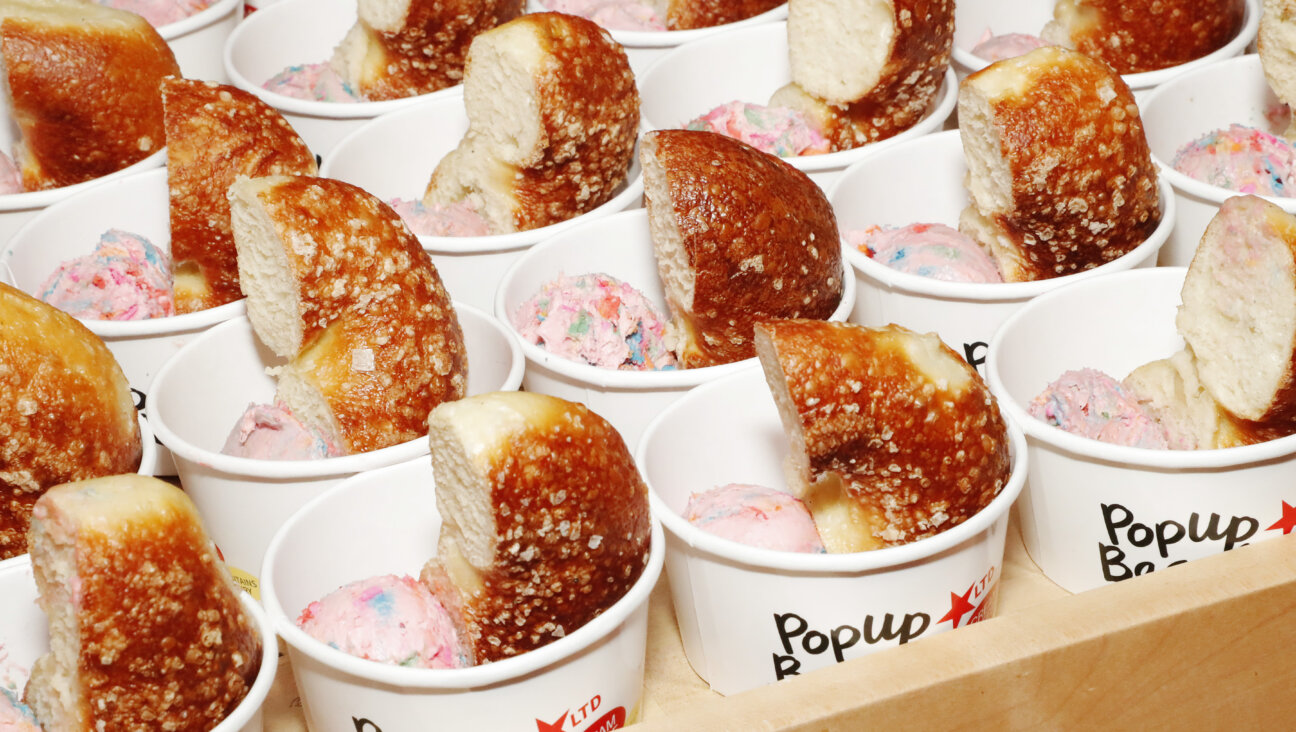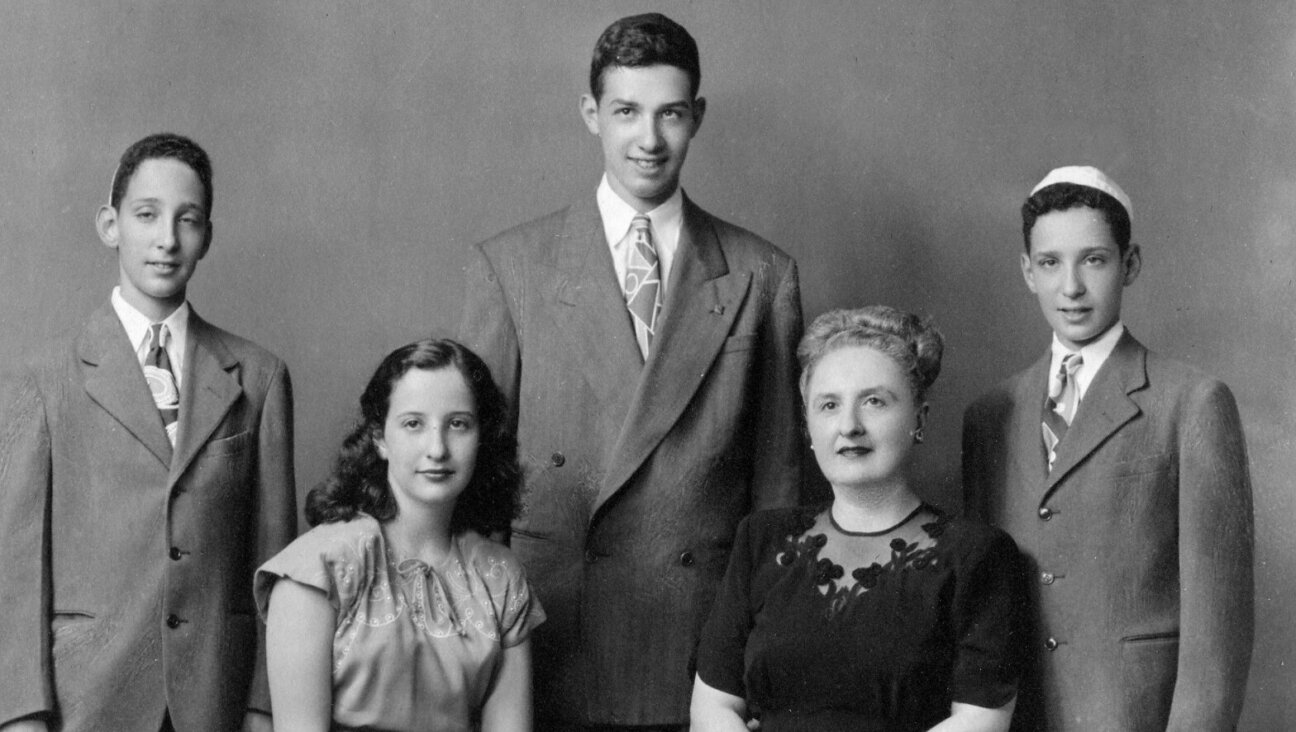2 Bubbly Shabbos Cocktails

Image by Flickr Commons
“There’s always been kosher champagne,” says Aron Riter, founder of the Kosher Wine Society. “Well at least for the past 30 years,” he clarifies. But, kosher Prosecco, the north Italian interpretation of a sparkling white wine, has only come into light in the past five years, he adds. A more affordable and equally palatable alternative to the French Champagne, Prosecco is the perfect wine to mix into a sparkling cocktail or punch to celebrate this year’s Shabbat-New Years Eve duo.
With both lightly sweet and very dry varieties, this Italian wine has a number of similarities to its French counterpart. Like Champagne, Prosecco’s name is protected by law. It must be made in northeastern Italy, near Conegliano and Valdobbiadene, the two towns that invented the drink to officially don the Prosecco name.
Both sparkling wines are also made through the same process, a double fermentation, which gives them their effervescent quality. After the first fermentation process sugar and yeast are added to the wine. “The yeast feeds on the sugar and converts into alcohol and carbon dioxide. When the bottle is opened, the escaping gas gives the wine its bubbles and characteristic “pop,’” the New York Times explains.
Where the beverages diverge is in their unique flavor profiles, derived from the local grapes. Glera grapes (sometimes called Prosecco grapes), native to the area around Venice, called the Veneto, infuse fruity overtones of apple and pear into many Proseccos. A slight variation in yeast and sugar levels also lead to a less bubbly drink than Champagne.
In the area, Prosecco is enjoyed not only on special occasions; many bars and casual restaurants even keep it on tap, as a local replacement for beer. The Veneto’s signature aperitif, a Spritz, balances the light sweet quality of Prosecco with bitters Aperol or Campari and the tang of a green olive and a slice of blood orange. It makes for a delightful start to a Shabbat meal (see below for a recipe). If you prefer punch, Prosecco is a perfect substitute in legendary gourmand James Beard’s Champagne punch recipe. Below, Riter offers two recommendations for kosher Prosecco.
Spritz
1 serving
2 parts prosecco 1 part Aperol or Campari Splash of sparkling water Green olive Slice of blood orange
1) Combine the Prosecco with one part Aperol or Campari and the sparkling water.
2) Stir
3) Add one green olive with pit and slice of blood orange.
James Beard’s Champagne (Prosecco) Punch
Makes about 40 punch-cup servings
½ cup sugar
½ cup fresh lemon juice (from about two lemons)
2 cups fresh orange juice (from about six oranges)
2 (750-ml) bottles Cognac
16 ounces Cointreau
4 (750-ml) bottles champagne (or Prosecco), chilled
Grated zest of 4 lemons
20 thin cucumber slices
1) Gently stir together the sugar, lemon juice, orange juice, Cognac, Cointreau, Champagne and lemon zest in a large punch bowl. Chill.
2) Garnish the punch with the cucumber slices, set the bowl on a bed of crushed ice.
Reprinted with permission from “The Essential New York Times Cookbook” by Amanda Hesser.
Recommended Prosecco, courtesy of Aron Riter:
Bartenura Prosecco: This is a wonderful, slightly sparkling wine produced in the Veneto region of Italy. Its slightly fruity, creamy, dry quality, make Bartenura Prosecco the perfect wine to accompany appetizers, pasta, and seafood dishes.
Borgo Reale Prosecco: The Borgo Reale Prosecco was produced in the Diano D’Alba region of Italy. It is slightly fruity and dry, sparkling wine. Perfect to accompany appetizers and best served chilled.
A message from our Publisher & CEO Rachel Fishman Feddersen

I hope you appreciated this article. Before you go, I’d like to ask you to please support the Forward’s award-winning, nonprofit journalism during this critical time.
We’ve set a goal to raise $260,000 by December 31. That’s an ambitious goal, but one that will give us the resources we need to invest in the high quality news, opinion, analysis and cultural coverage that isn’t available anywhere else.
If you feel inspired to make an impact, now is the time to give something back. Join us as a member at your most generous level.
— Rachel Fishman Feddersen, Publisher and CEO
























